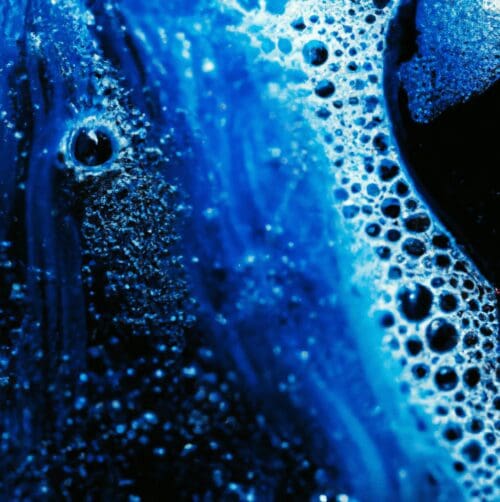In most cases, it is possible to reuse a microfluidic chip several times. However, you should properly clean your chip after each use to avoid any loss of properties (e.g. coating), cross-contamination or clogging. For chips with complex structures (e.g. herringbone mixer), particles can easily get trapped and clog the chip.
In the following table, we have summarized the best cleaning protocols based on your application. These protocols apply to PDMS, glass, and most thermoplastics. Depending on the material, ethanol may be replaced by isopropanol for better chemical compatibility.
Biofouling | Oil residues | Coating | Cleaning protocol |
no | no | no | Distilled water / Ethanol 70% / Distilled water |
yes | no | no | Distilled water / Ethanol 70% / Distilled water/ UV 30 min |
no | yes | no | Distilled water / Ethanol 70% / Distilled water / SDS 10% / Distilled water |
no | no | yes | Distilled water / Tween 20 / Distilled water |
yes | yes | yes | Do not reuse |


10 Tips For Easy Droplet Generation: A Guide
[…] For more details about how to clean your microfluidic chip, check our blog post: How to clean a microfluidic chip? […]